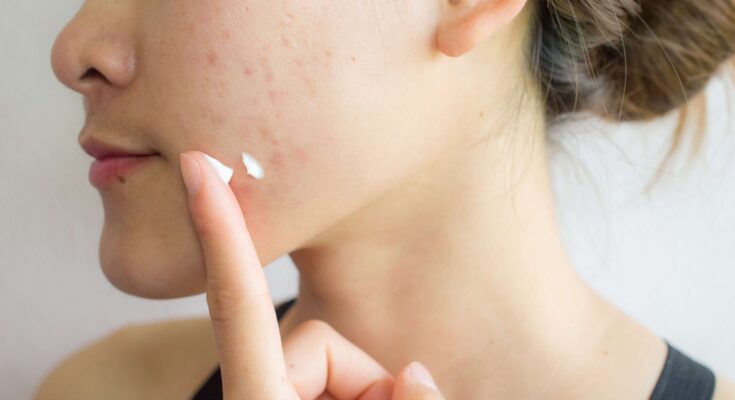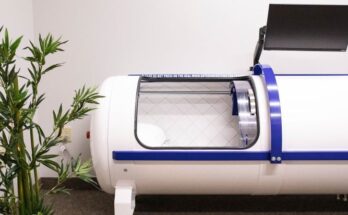Tretinoin treatment results follow predictable timelines that vary based on individual skin characteristics, dosage strengths, and consistency of application. Most dermatological studies indicate that noticeable improvements typically emerge between 6-12 weeks of regular use, though some patients observe changes as early as 4 weeks. NextClinic consultations often help patients establish realistic expectations for their skin concerns and treatment goals while monitoring progress through virtual follow-up appointments.
Initial adjustment period expectations
The first 2-4 weeks of treatment often involve skin adaptation as cellular turnover accelerates and existing acne lesions may temporarily worsen. The tretinoin cream works by increasing cell renewal rates, which can initially bring underlying comedones to the surface before clearing begins. This purging phase represents normal treatment progression rather than treatment failure, though many patients become discouraged during this period without proper guidance. Skin irritation, including redness, peeling, and dryness, commonly occurs during the initial weeks as the skin adjusts to retinoid activity. These side effects typically peak around week 2-3 and gradually subside as the skin tolerates the medication. Proper moisturising and gradual introduction schedules help minimise discomfort while allowing the skin to adapt to treatment demands.
Week-by-week timeline breakdown
- Weeks 1-2 – Possible initial breakouts and skin sensitivity as cellular turnover increases rapidly
- Weeks 3-4 – Continued purging with gradual reduction in irritation as skin tolerance develops
- Weeks 5-8 – First signs of improvement with reduced new breakout formation and clearer skin texture
- Weeks 9-12 – More substantial clearing with improved skin tone and reduced acne scarring visibility
- Weeks 13-16 – Continued improvement in overall skin quality and texture refinement
This timeline represents average progression patterns, though individual responses vary considerably based on skin type, acne severity, and treatment adherence. Some patients with milder acne may see improvements earlier, while those with severe inflammatory acne might require more extended treatment periods to achieve desired results. Consistent daily application remains crucial throughout this entire timeline for optimal outcomes.
Individual variation
Skin type characteristics significantly determine treatment response speed and intensity of initial side effects. Patients with sensitive skin often require extended adjustment periods and may need to start with lower concentrations or less frequent applications. Those with oily skin typically tolerate tretinoin better initially but may require higher concentrations for optimal results. Age and hormonal status influence treatment timelines, with younger patients often experiencing faster improvement but potentially more intense initial purging phases. Older patients may see more gradual improvements but often experience less dramatic initial irritation. Hormonal fluctuations from menstrual cycles, pregnancy, or other medications can also affect treatment response patterns and timeline expectations.
Milestone markers to watch
- Reduced frequency of new breakout formation typically becomes noticeable around week 6-8 of consistent use
- Improved skin texture and reduced roughness often appear between weeks 8-10 as cellular turnover normalises
- Fading of post-inflammatory hyperpigmentation usually begins around week 10-12, with continued improvement over months
- Overall skin tone, evening and glow enhancement typically develop after 12-16 weeks of regular application
- Maximum acne improvement generally occurs between 16-24 weeks, with continued maintenance benefits thereafter
These milestones provide realistic checkpoints for evaluating treatment progress and determining whether dosage adjustments or modifications are necessary. Patients should maintain detailed progress photos and symptom diaries to track these changes objectively rather than relying solely on subjective impressions.




